function buildList( list ) {
var i = 0;
var first = function () {
console.log( "in" )
console.log( i );
}
var Second = function () {
console.log( "out" )
first();
}
return Second;
}
var a = buildList( [1, 2, 3] )
console.dir( a );
a(); // Here closure is created which has function first ,Here first also has one closure of itself that means recursive closure
When i see my console in Chrome it has a closure which has function first which also has a closure of itself ie it has repetitive loop of its own function in closure, Does anyone knows whats happening here, I am very much confused, Why there is infinte closure loop
